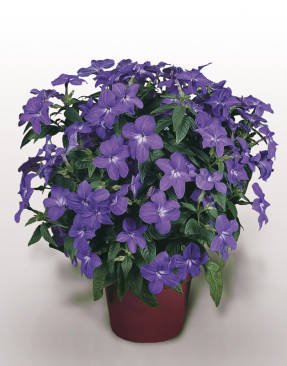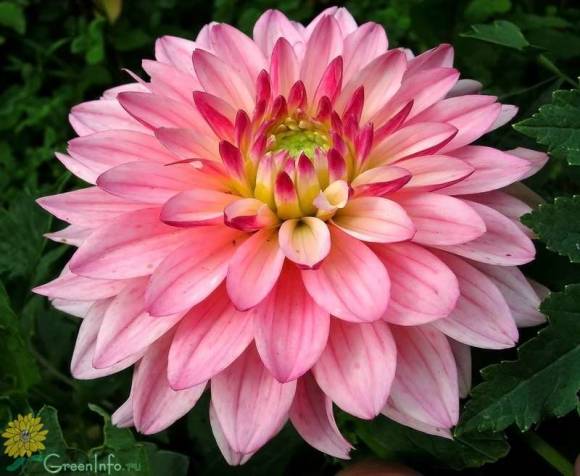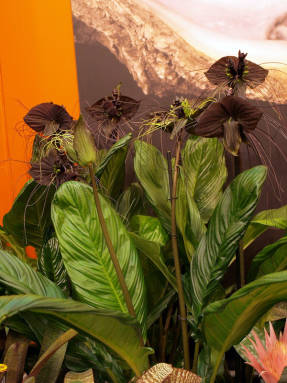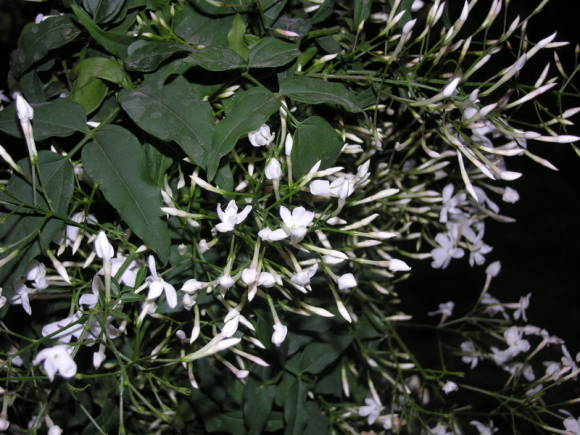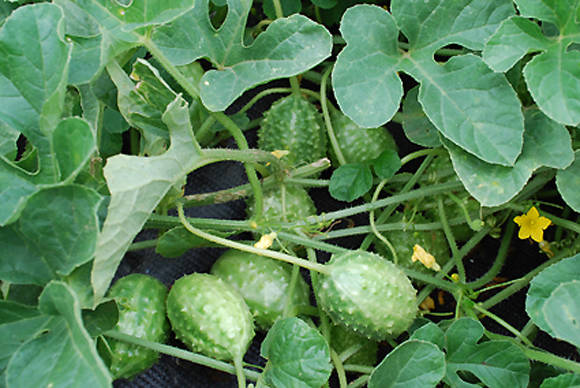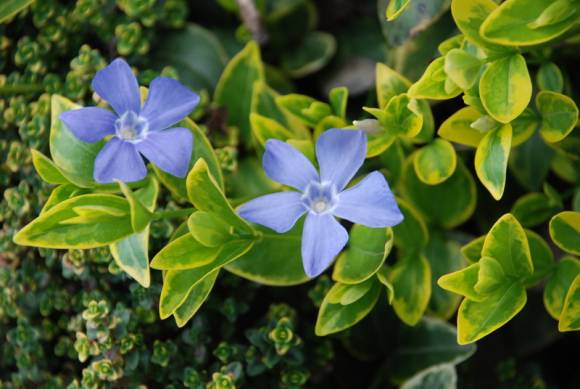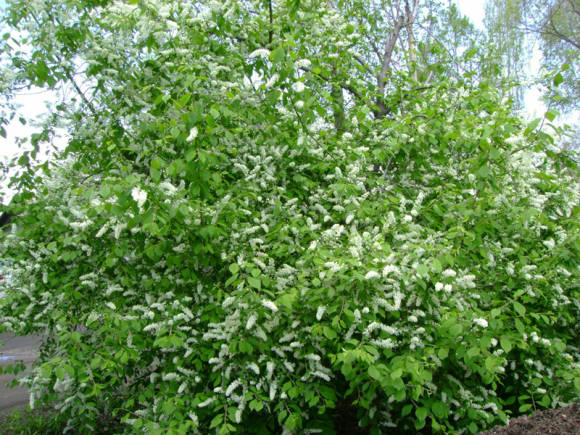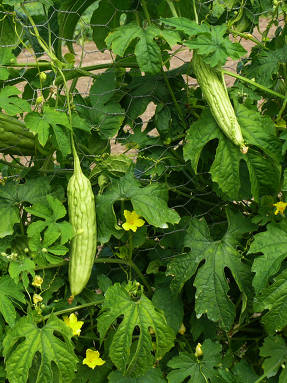Dracaena are the simplest and most common indoor plants. Young small specimens with star-shaped leaves are ideal for tables, shelves and windowsills; in adults, long woody stems are formed, sometimes up to 2-3 m in height, they can already be used in interior design. With striking stripes, belt-like, pointed leaves are beautiful on their own and in combination with other houseplants.
Unpretentiousness, the ability to cleanse the air from such harmful substances as formaldehyde, xylene and toluene, decorative appearance - this is why almost no room, home or office can do without this plant.

Dracaena bordered (Dracaena marginata) - An ideal houseplant, resembles a small palm tree with narrow, rigid leaves at the top of curved thin stems. It tolerates weak lighting, more than other types it is tolerant of overdrying and dry indoor air.
- Мarginata - a variety with green leaves, along the edges of which there are burgundy stripes.
- Magenta - variety with maroon leaves.
- Bicolor - it is characterized by bright white-green striped leaves with red edging.
Dracaena unbent (Dracaena reflexa) Is one of the most striking indoor plants, small curved leaves are its main attraction. Requires brighter lighting, with a lack of light, it quickly loses leaves, but recovers well after improving conditions. Large specimens are unusually beautiful and are in great demand by interior designers. There are mainly two varieties:
- SongofIndia - has green leaves with wide yellow stripes around the edges
- SongofJamaica - a variety with more muted foliage, green stripes interspersed with light green.
Fragrant dracaena (Dracaena fragrans) has broad and long glossy leaves.
- Massangeana - This variety is often compared to corn, it has very wide leaves with bright yellow stripes in the middle and thick stems. While moderate natural light is ideal, the plant is tolerant of low light. It grows slowly, so it can be placed in a certain space for a long time without requiring special care.
- Compacta - with densely located on the stem, wide at the base and pointed at the ends with dark green leaves. Differs in extremely slow growth. The variety is very sensitive to waterlogging.
- Numerous varieties of fragrant dracaena under the general name Dracaena deremskaya (Dracaenaderemensis), such as Lemon Lime, White Stripe, White Jewel, Warneckii and others are distinguished by good health and are well suited for growing indoors; large specimens are a common attribute of decorating hotels, restaurants, and train stations. Their long or shortened in some varieties, pointed at the ends, sometimes curved, leaves with bright stripes are denser, tough and glossy, withstand well adverse conditions.
Dracaena care

In general, caring for dracaena is relatively easy. Proper watering is the main subtlety in caring for this plant.
Lighting. Bright diffused light is optimal for dracaena. In summer, the sun's rays on the south-facing windows should be passed through a light tulle or the pot should be moved a little to the side of the window, deep into the room, or placed behind sun-loving plants. Never place the dracaena in direct sunlight, otherwise the leaves will get burned. In winter, when the sun's rays are not so strong, shading is not required.
Dracaena can be placed away from windows, if the room is very light, or under bright artificial lighting. If there is not enough light, then give preference to already large plants with green leaves, since their growth will slow down or stop altogether, and the variegation will quickly fade. Do not put dracaena in a dark corner or corridor, they will die without light.
Watering. Dracaena require less water than most houseplants. And the most common cause of plant death is waterlogging, too frequent watering, when the soil is constantly damp. On the other hand, most varieties tolerate short drying well. And therefore, in order to prevent root diseases, water dracaena rarely.
In summer, in a well-lit place, when the dracaena is actively growing and consumes more water, water it after drying the soil to about the middle of the pot inward. And in winter or under other unfavorable conditions, when growth is slow or absent altogether, let the soil dry out almost to the very bottom. But it is impossible to prolong the drought for a long time - both from waterlogging and prolonged overdrying, the roots of the plant suffer, and, as a result, extensive dry brown spots appear on the leaves. Yellowing and dropping of a large number of leaves in a short period is also a sign of an incorrectly selected irrigation regime.
When the soil dries out to the desired state, water the plant abundantly so that all the soil is evenly moistened. Poor watering, even frequent, can lead to drying out of the roots; water in small quantities will not wet the entire volume of the pot. Do not water from the pallet, this will lead to waterlogging of the lower roots and overdrying of the upper ones. So that, with rare watering, the entire soil is evenly wetted, water from above in small doses in several steps, or briefly immerse the whole pot in water, or leave the water that has come out into the pan for 15-30 minutes, but then be sure to drain the excess. Stagnation of water in the ground should not be allowed. To avoid waterlogging, avoid large volume expansion during transplanting and prepare well-drained soil.
Dracaena is demanding on the quality of irrigation water; it does not tolerate fluoride, which is often found in tap water. In case of poisoning, brown spots with a yellow edging appear on the leaves.
Read more in the article Watering rules for indoor plants.

Temperature. During the day, the optimal temperature conditions for dracaena are in the range of + 20 ... + 24 ° C. The night temperature can drop to + 16 ° C. In winter, when there is a lack of light, avoid heat, but the temperature should not be lower than + 16 ... + 18 ° C. Do not place the pot with dracaena on cold windowsills and floors, the leaves should not touch frosty glass, protect the plant from both cold drafts from open windows and from the hot and dry air flow from heating appliances.
Rest period... Dracaena do not need a mandatory winter rest, the growth stop from October to February is forced, due to worsening conditions, a decrease in illumination. With additional lighting, daylight hours should be 12 hours, then the dracaena will continue to grow.
Air humidity... The natural humidity of the rooms without the included heating devices suits the dracena quite well. In dry air in winter, it is advisable to increase the humidity by frequent spraying or using a humidifier, but do not place it close to the plant, the cold steam will cause leaf burns in the form of numerous small white spots.
Soil and transplants... For dracaena, a ready-made substrate based on high-moor peat is well suited. It is in it that the plants go on sale, so there is no need to change the soil during transplantation. When replacing the substrate, the roots are severely affected, which stop working normally and often rot, which can result in the death of the plant. A sign of root damage is the loss of turgor by the leaves 1-2 days after such a transplant. The purchased dracaena are transplanted only by neat transfer into a pot slightly larger than the previous one (by 2 cm in diameter), adding fresh peat soil mixed with perlite in a ratio of 3: 1 to the bottom and sides.
Dracaena after purchase does not need an urgent transplant, she will be comfortable in this pot for about a year. The first transshipment in spring-summer can be done in 1 month if the plant is completely healthy, and if the dracaena was bought in autumn or winter, postpone the transplant until at least spring. At the first transplant, you do not need to increase the size of the pot, often the stems of the plants are deeply buried in the ground, you can remove a little of the substrate from above and pour it on the bottom, and then return the lump back to the pot.
- Soils and soil mixtures for indoor plants
- Transplanting indoor plants
Top dressing apply during active growth, from March to September, reducing the concentration by 2-4 times from that indicated in the instructions. If the plant is well lit in winter, continue to feed half of the summer dose. In unfavorable conditions for growth, cancel all dressings. Use only ready-made complex fertilizers for indoor plants (universal, for decorative deciduous plants, palms, dracaena), which contain trace elements. Better to give preference to mineral fertilizers.
Read more in the article Top dressing of indoor plants.
Pruning and shaping. As they grow up, the stems slowly gain thickness and there is a natural loss of the lower leaves from old age.
If the dracaena has lost its decorative effect, the stems are very elongated, bent or bare, you can prune to the desired height, in most species, several buds will soon wake up under the cut, and side shoots will grow, the crown will become more compact and thicker. In bordered dracaena, only one or two shoots actively continue to grow more often, the crown does not become noticeably thicker, but an ugly knee appears, so it is better not to cut it off without the need.
Read more in the article Methods for the formation of indoor plants.
Cut off shoots (both leafy tops and intermediate parts of stems with leaves or bare) can be tried to root. A single-stemmed tree will grow from the tops of the tops, several lateral shoots will wake up on the rooted intermediate parts, and a branched tree will turn out. How to do this is described in detail in the article Propagating and rejuvenating dracaena.
Bloom at home, it rarely occurs, but at the top of the stems, especially in fragrant dracaena, a large inflorescence can form in the form of a loose panicle with small white-cream flowers. After flowering, the stem branches.
A warning! Dracaena leaves can be toxic to dogs and cats if eaten. Poisoning symptoms: vomiting, depression, weight loss, drooling, dilated pupils.
Pests. Mealybugs often parasitize on dracaena (formations that resemble pieces of cotton wool appear in the leaf axils), as well as false scutes and scale insects (motionless, similar to droplets of wax or white sticks on leaves and stems). If found, remove all visible parasites with a napkin soaked in a soap-oil emulsion, and then several times with an interval of 7-10 days, treat with a systemic insecticide (Aktara, Confidor).
Thrips may be damaged (on the leaves, a mesh appears at first of a silvery color, later it becomes light brown, you can see small black dots - excrement). Process with Aktara, Confidor. In dry air, a spider mite multiplies strongly on the leaves (the leaves become whitish). Arrange a regular shower for the plant (combining it with the next watering), in case of severe damage, treat it with acaricides.
Read more in the article Houseplant pests and control measures.
 |  |
Possible problems when growing dracaena:
- yellowing and dropping of the lower leaves - not always a sign of the disease, normally it occurs from old age after about 2-3 years. But there should be the same number of leaves or more to grow on the crown than falls from the bottom.If the loss of leaves is faster than their growth, and the crown is thinning, then the dracaena is in danger.
- yellowing and dropping of a large number of leaves, the appearance of extensive dry spots on the leaves occurs with systematic waterlogging or overdrying, with a lack of light. Change conditions and care.
- brown spots with yellow edging may indicate fluoride poisoning from irrigation water.
- dry leaf tips (no more than 0.5 cm) are formed at low air humidity. Increase the humidity by installing a humidifier or by frequent spraying.
- small white dots on the leaves - a sign of frostbite, they appear when the plant is transferred in the cold, during winter ventilation, from the cold steam of a nearby air humidifier.
- drooping tops with great loss of leaves caused by waterlogging, often at this stage the stems are prone to rot. Trim the tops of the heads to a healthy part of the stems, reduce watering, rearrange the plant under bright lighting.
- loss of turgor, drooping of the tops can be caused by root damage during transplantation, poor watering.
- lowering the leaves down without losing their turgor occurs normally some time after purchase. This is due to a change in illumination and an increase in the size of the leaves.
